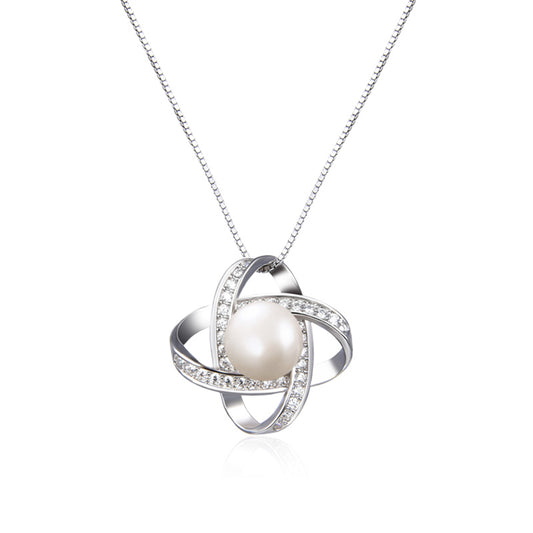Who Was St. Patrick?
St. Patrick is a venerated figure in Irish history, known primarily as the patron saint of Ireland. However, his life story is often shrouded in mythology and legend, making it difficult to separate fact from fiction. Through a careful examination of historical records, as well as reports and analyses from various media outlets, we can piece together a more accurate portrayal of this influential figure.
Early Life and Capture
Patrick was born in Roman Britain in the late 4th century, into a wealthy Romano-British family. As a young man, he was captured by Irish raiders and taken to Ireland as a slave. It was during this period of captivity that Patrick developed a deep religious faith, which would later inform his missionary work on the island.
Escape and Ordination
After six years of captivity, Patrick escaped and returned to his family in Britain. He then traveled to France, where he studied under St. Germain, a bishop who later ordained him as a priest. Patrick's ordination marked the beginning of his lifelong dedication to Christianity and its spread throughout Ireland.
Missionary Work in Ireland
Patrick returned to Ireland as a missionary, determined to convert the Irish to Christianity. He faced numerous challenges, including hostility from pagan leaders and the difficulty of communicating with the Irish people, who spoke a different language. However, Patrick persevered and is credited with converting thousands to Christianity through his preaching and miracles.
One of the most famous legends associated with Patrick is that he used the shamrock, a three-leaved plant, to explain the Christian concept of the Trinity (Father, Son, and Holy Spirit) to the Irish. This legend has become a symbol of Irish Christianity and is celebrated each year on St. Patrick's Day.
Legacy and Impact
Patrick's impact on Ireland was profound and long-lasting. He established Christianity as a major religious force on the island and set the foundation for the Irish Church, which would play a significant role in Irish society for centuries to come. Patrick's missionary work also had a broader impact, contributing to the spread of Christianity throughout Europe during the Early Middle Ages.
Media Coverage and Cultural Influence
St. Patrick's life and legacy have been widely covered by media outlets over the years, particularly in Ireland and other countries with significant Irish populations. His story has been retold in books, movies, and television programs, often blending historical facts with legendary tales to create a compelling narrative.
On St. Patrick's Day, Patrick's life and contributions are celebrated worldwide, with parades, festivals, and other events taking place in his honor. The shamrock, which Patrick used to explain the Trinity, has become a symbol of Irish identity and is often worn as a badge of honor on this special day.
In conclusion, St. Patrick was a remarkable figure in Irish history whose missionary work and dedication to Christianity had a profound impact on Ireland and beyond. While his life story may be shrouded in mythology and legend, the essential truth of his contributions to Irish society and culture remains undisputed.
The Historical Context of St. Patrick
To fully understand the significance of St. Patrick, it is essential to consider the historical context of his life and times. The 5th century was a period of significant change in Europe, marked by the decline of Roman power and the emergence of new kingdoms and cultures.
In this turbulent environment, Ireland remained a largely pagan society, with a rich culture and complex religious beliefs. The arrival of Christianity, brought by missionaries like Patrick, represented a radical departure from traditional Irish ways of life.
Patrick's success in converting the Irish to Christianity was due in part to his ability to adapt and incorporate elements of Irish culture into his preaching. By using the shamrock to explain the Trinity, for example, he was able to bridge the gap between Christian teachings and Irish beliefs, making the new religion more accessible and understandable to the local population.
The Role of the Media in Shaping St. Patrick's Image
The media has played a crucial role in shaping our understanding of St. Patrick and his legacy. Over the centuries, countless books, articles, movies, and television programs have been produced about Patrick's life and missionary work in Ireland.
While some of these media representations have been based on historical facts, many others have taken liberties with the truth, blending fact and fiction to create a more compelling narrative. This has resulted in a somewhat distorted view of Patrick, who is often portrayed as a larger-than-life figure with miraculous powers and supernatural abilities.
Nevertheless, the media's influence on our perception of St. Patrick cannot be denied. Through books, movies, and other forms of media, Patrick's story has been retold and reinterpreted countless times, becoming an integral part of Irish and global culture.
The Global Celebration of St. Patrick's Day
St. Patrick's Day, which falls on March 17th each year, is a global celebration honoring the life and legacy of St. Patrick. The holiday is particularly popular in Ireland, where it is marked by parades, festivals, music, dance, and other cultural events.
In recent years, St. Patrick's Day has also become a significant holiday in many other countries, particularly those with large Irish populations such as the United States, Canada, and Australia. In these countries, the holiday is often celebrated with parades featuring Irish music and dance performances as well as festivals and other events celebrating Irish culture and heritage.
The global celebration of St. Patrick's Day is a testament to the enduring legacy of St. Patrick and his contributions to Irish society and culture. Through this holiday, Patrick's story and teachings are kept alive and passed down from generation to generation, ensuring that his influence will continue to be felt for many years to come.




















